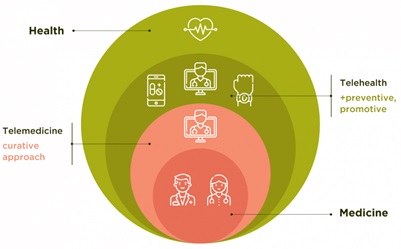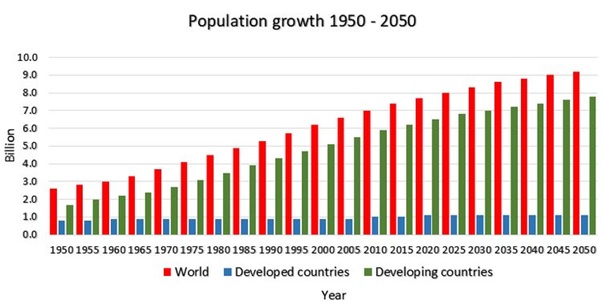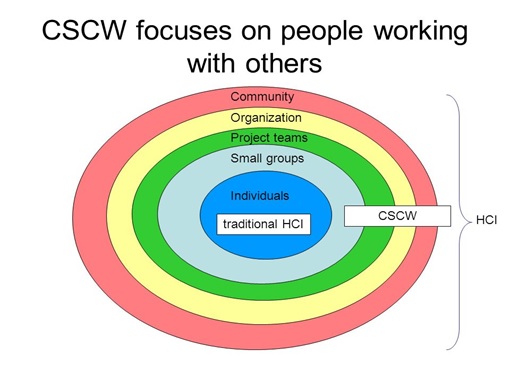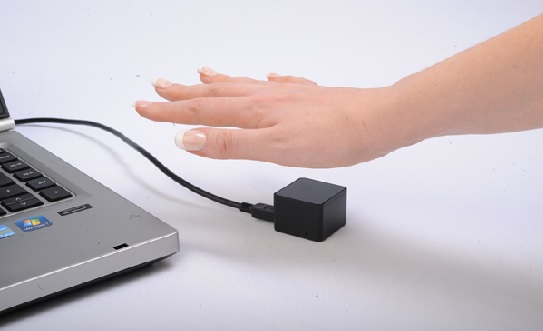Multiple Uses of Organ-On-a-Chip (OOC)
Although multiple publications claim to have translated organ functions onto this interface, the movement towards this microfluidic application is still in its infancy. Organs-on-chips will vary in design and approach between different researchers. [1] As such, validation and optimization of these systems will likely be a long process. Organs that have been simulated by microfluidic devices include brain, lung, heart, kidney, liver, prostate, vessel(artery), skin, bone, cartilage and more. The figure 1 shows the Organ-On-a-Chip (OOC).
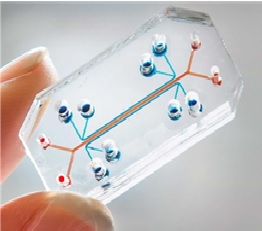
Figure 1: Organ-On-a-Chip (OOC)
Organ models on a chip
A wide range of tissue models have been developed by industry or academic labs. [2] Here we provide a short overview of some organ on chip models.
Intestine on a chip
This organ on chip is a very important model for drug screening. When orally administrated, drugs are mainly absorbed by the small intestine and then diffused though two barriers: a mucous layer and the epithelial cell layer of the intestinal wall. An intestine on a chip is a complex model and should take into account several features: cellular composition (mainly enterocytes and goblet cells), structural features (villi and mucus) and dynamic features (intestinal movements, called peristalsis). Harvard’s Wyss Institute also realized a “gut-on-a-chip” with the same principle that also stretches periodically to mimic the peristaltic motion of the intestine. In addition, the researchers were able to grow common intestinal microbes inside this organ on chip.
Liver on a chip
Liver on chip is a key element for assessing drugs toxicity. Actually, half of drugs withdrawals occurs because of acute liver toxicity. A microfluidic liver on chip that integrates liver and intestinal slices into compartments with sequential perfusion between the compartments in order to investigate inter-organ interactions.
Lung on a chip
The lung epithelium is subject to a wide range of environmental assaults, such as pathogens or pollution. A lung on chip would thus be an excellent model for environmental applications. Culture medium is pumped in the lower channel to mimic blood flow through lung microvasculature. Two side hollow channels are periodically inflated and deflated to mimic physiological breathing movements.
Tumor on a chip
One of the biggest challenges for cancer research is to develop drugs that will target cancerous cells but leave intact healthy cells. Different strategies have been developed to create relevant models for tumors, including multicellular spheroids, hollow fibers and multicellular layer models. Perfusion systems are used to delivers therapeutic agents to these 3D models, mimicking blood supply to tumor cells.
Muscle on a chip
Skeletal muscles play a major role in diabetes, because of their contribution in glucose homeostasis. On chip skeletal muscle models require structural features (myotubes alignement and assembly into sarcomers) and the presence of embedded electrodes to stimulate muscles contractions. On chip myotubes alignment has been realized with substrate patterning or stiffness. The positive correlation between the contractibility of the myotubes and the glucose uptake by individually controlling myotubes with a microelectrode array.
Multiple organs on a chip
All these organs on chip could be used altogether to predict drugs toxicity on the whole body. In these animal-on-chip or human-on-chip systems, multiple chips representing different organs are connected with channels. However, despite major breakthroughs in this field, several challenges remain, such as using human primary cells instead of cancerous cell lines, monitoring cells response to stimuli, or controlling the quality of the microenvironment (metabolites, O2 saturation, pH).
References:
- https://en.wikipedia.org/wiki/Organ-on-a-chip
- https://www.elveflow.com/microfluidic-reviews/organs-on-chip-3d-cell-culture/a-review-about-organ-on-chip/
Cite this article:
Vinotha D (2021), Multiple Uses of Organ-On-a-Chip (OOC), AnaTechMaz pp. 17



